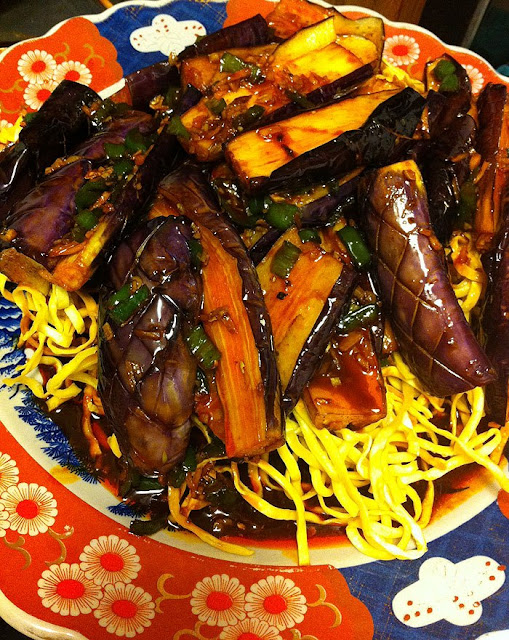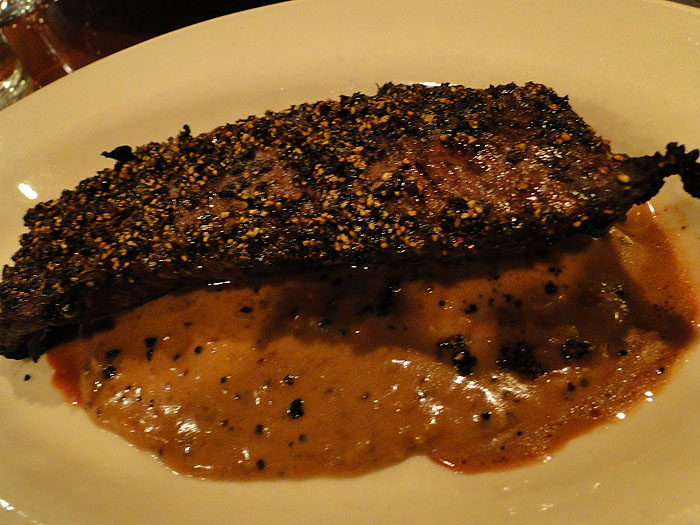When it finally showed itself to be a viable sourdough starter, we fed it, then stuck it in the fridge as a retarder so we wouldn't have to keep feeding the bitch quite so often!
We used the sourdough for our levain:
 |
| The night before you need it, mix some starter in a bunch of water, then whisk with flour. Cover and put in a warm draft-free spot till it's bubbly and kind of scary looking. |
 |
| Add the levain to water and flour, and let rest for 30 minutes. It's a hydrating the flour step, called "autolyse" ... a yuh. |
 |
| Add some salt, and beat for a few minutes to incorporate. |
 |
| Also the night before, create the "soaker" -- a mix of seeds and grains in water. Her: cracked flax, sesame, sunflower, live oat groats, spelt. |
 |
| Knead by folding and smacking the dough, and making sure you make quarter turn each stroke. |
 |
| We weighed the dough -- it came in at 7 lbs! Since we planned to make four loaves, they lumps were weighed to be 1.75 lbs apiece -- bouncing big loaves! |
 |
| We continue to work on the texture, but this was damned good! It also made wonderful french toast several mornings hence. |














































